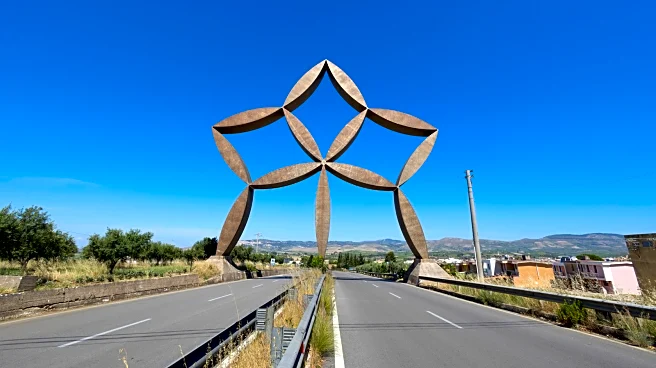What's Happening?
The phrase 'tying the knot' is commonly used to describe marriage, but its origins trace back to ancient wedding rituals. Historically, the phrase is linked to the Celtic handfasting ceremony, where couples' hands were bound with a cord to symbolize their union. This practice was legally recognized in parts of medieval Europe and is still reenacted in some modern weddings. Similar customs existed in other cultures, such as the Aztecs and Old Norse traditions, where handfasting signified binding agreements.
Why It's Important?
Understanding the historical roots of 'tying the knot' provides insight into cultural practices surrounding marriage. The phrase's endurance highlights the significance of symbolic rituals in human relationships. As modern weddings increasingly incorporate historical elements, such traditions offer a connection to cultural heritage. This exploration also reflects broader societal interests in preserving and adapting ancient customs within contemporary contexts.
Beyond the Headlines
The continued use of 'tying the knot' in modern weddings suggests a desire to maintain cultural continuity and enrich the symbolic meaning of marriage ceremonies. This trend may influence how future generations perceive and celebrate marriage, potentially leading to a resurgence of interest in historical rituals and their adaptation in diverse cultural settings.














